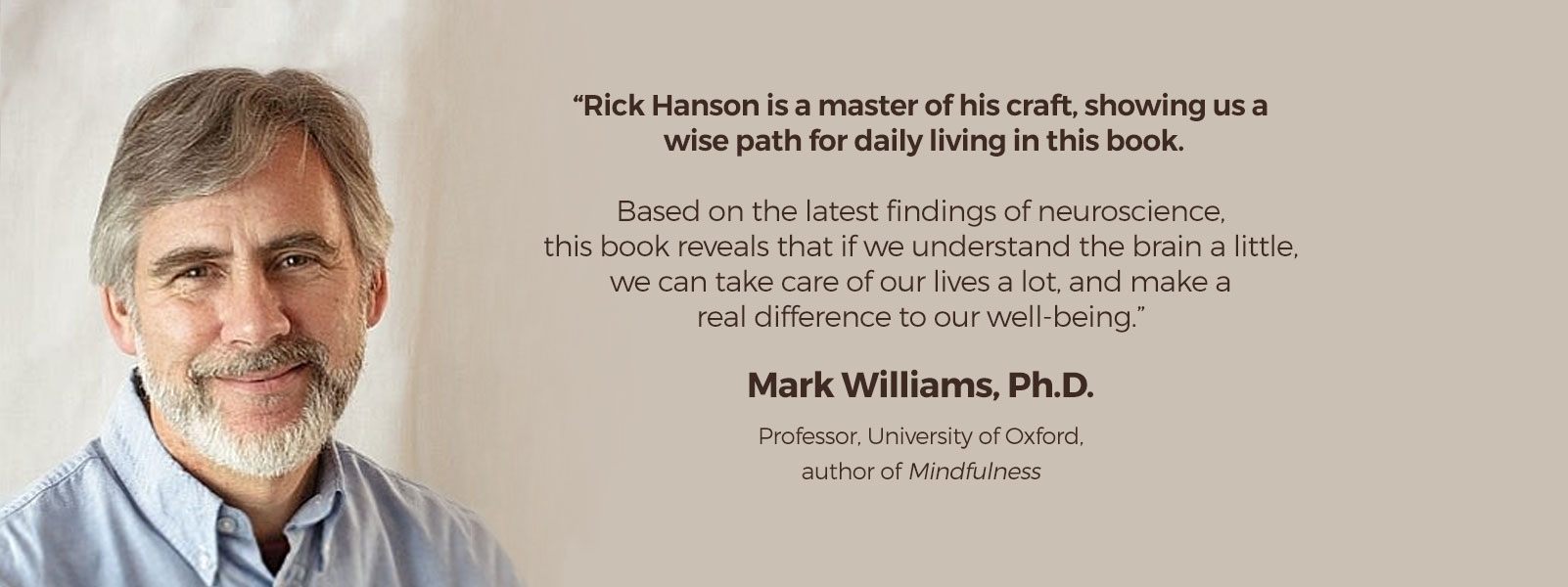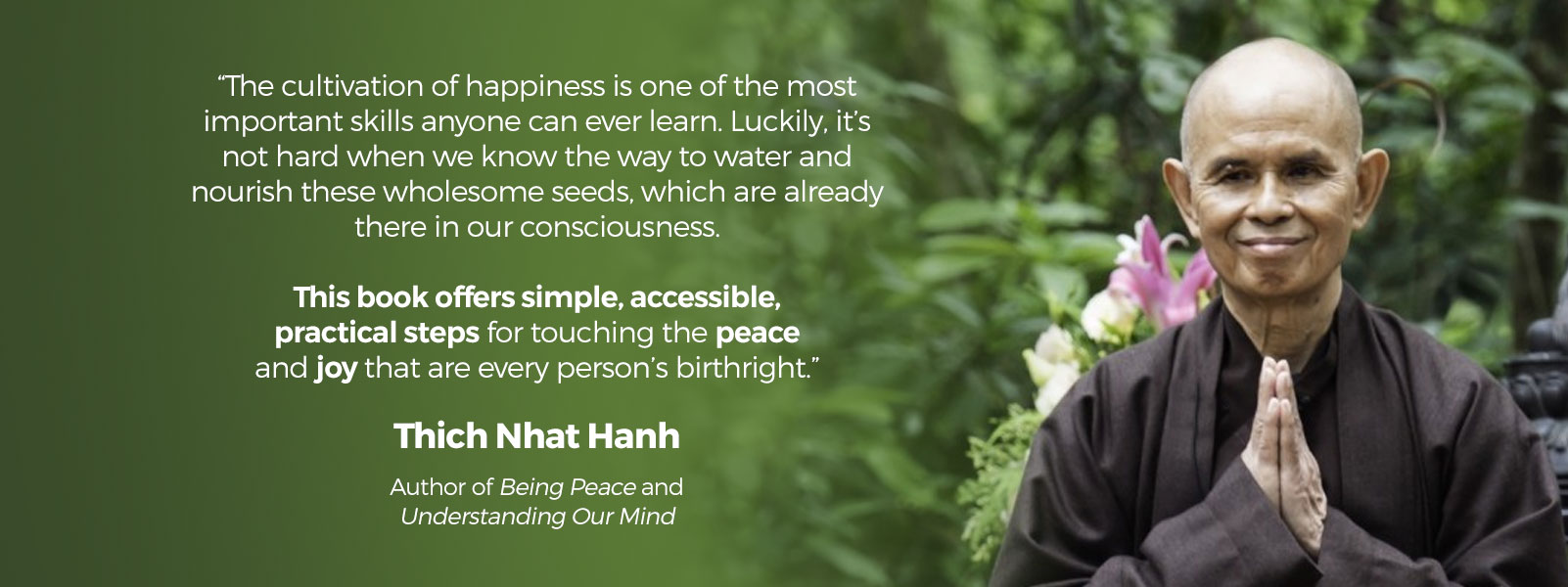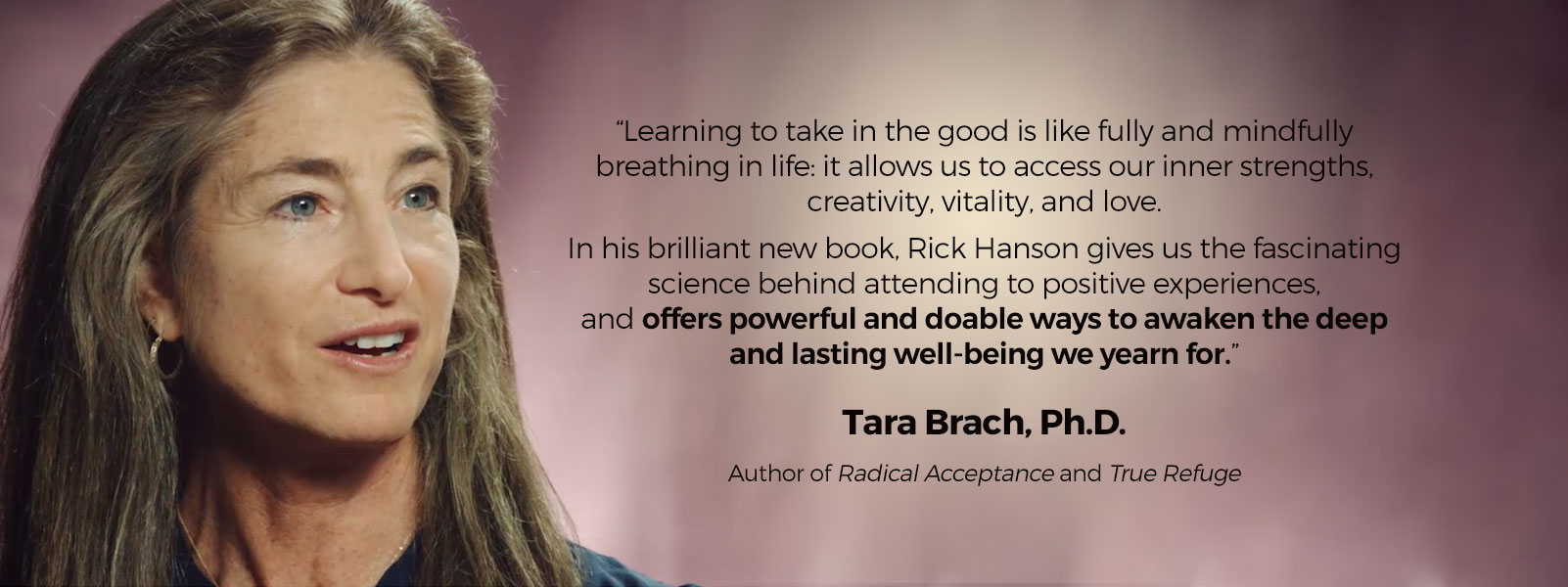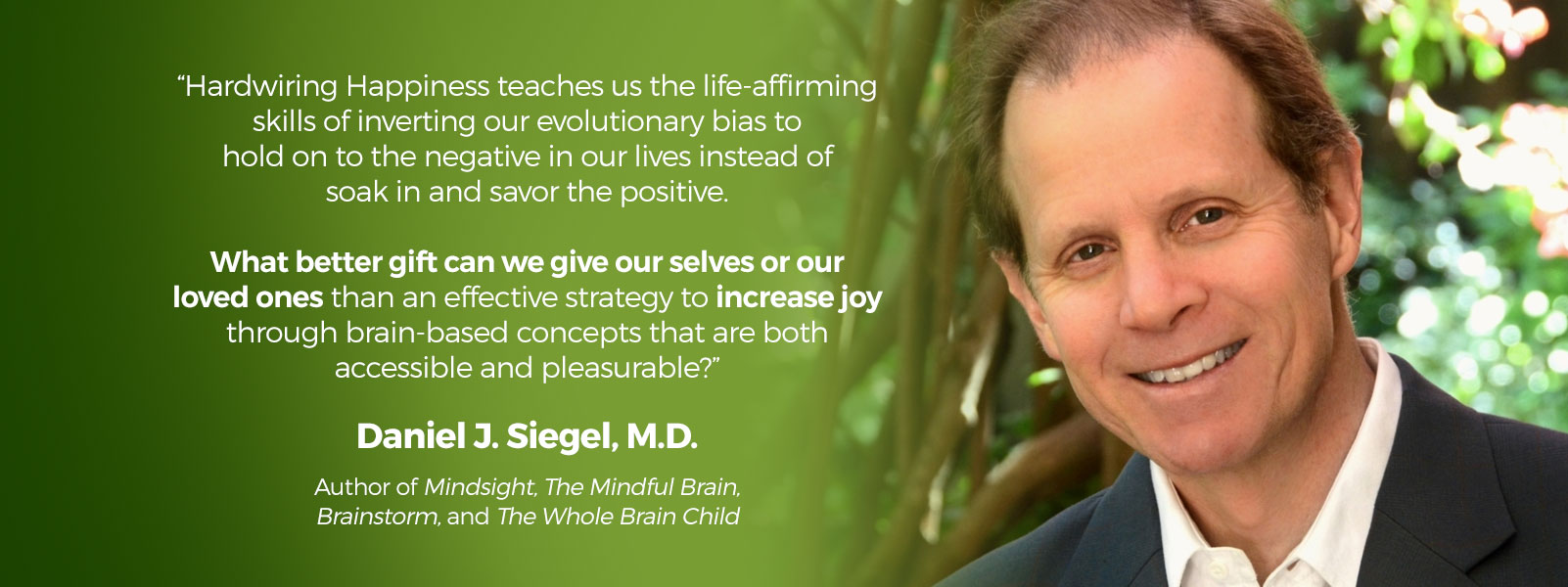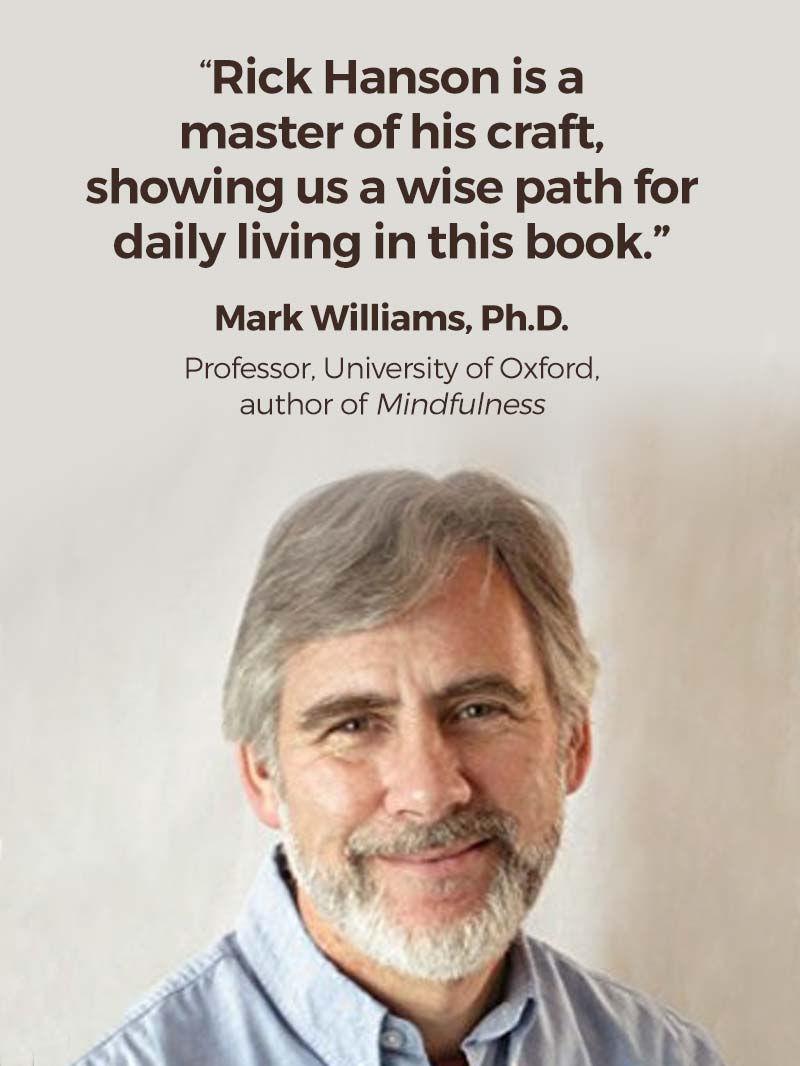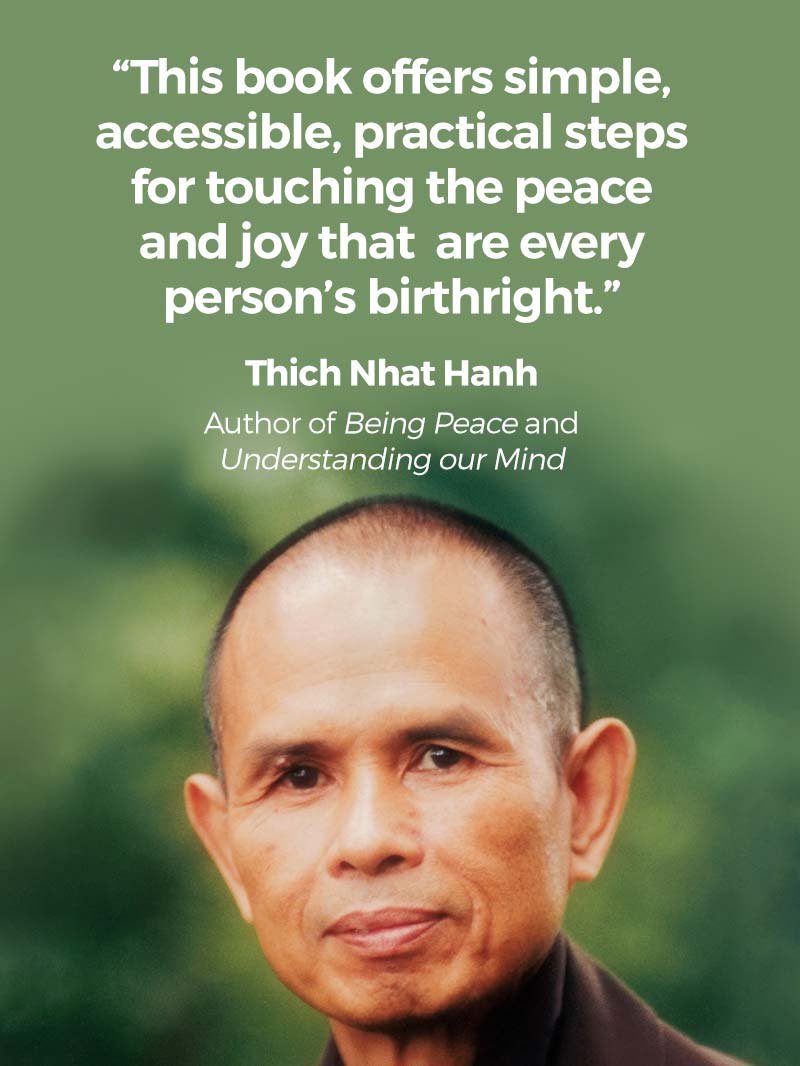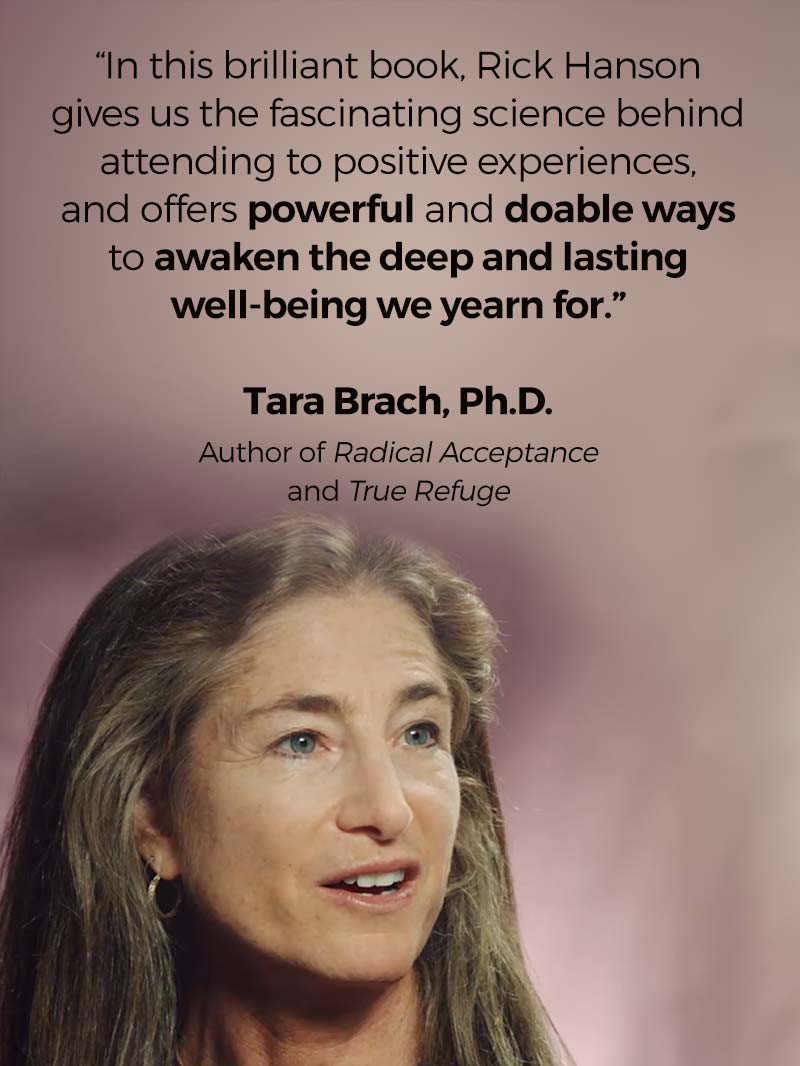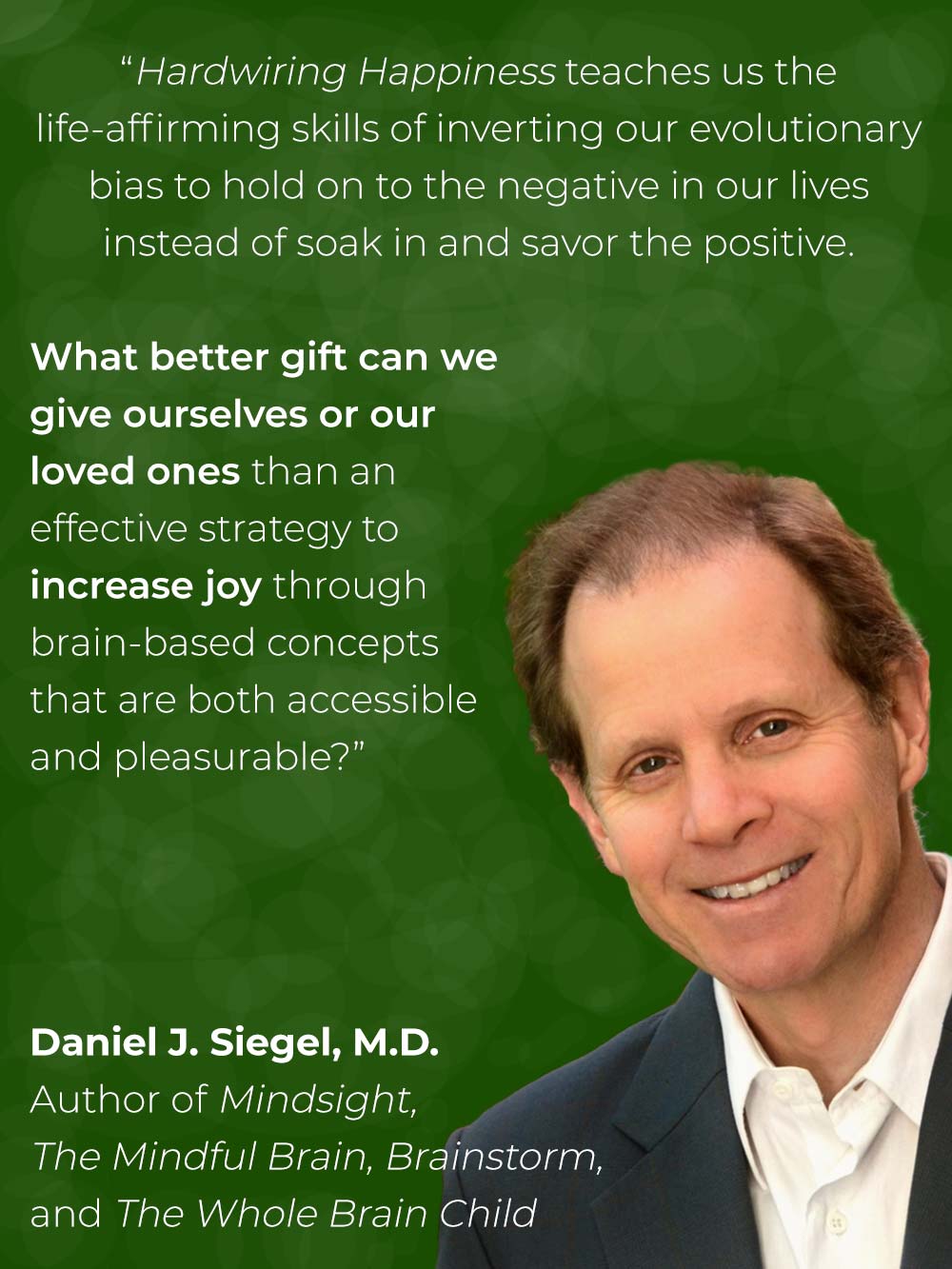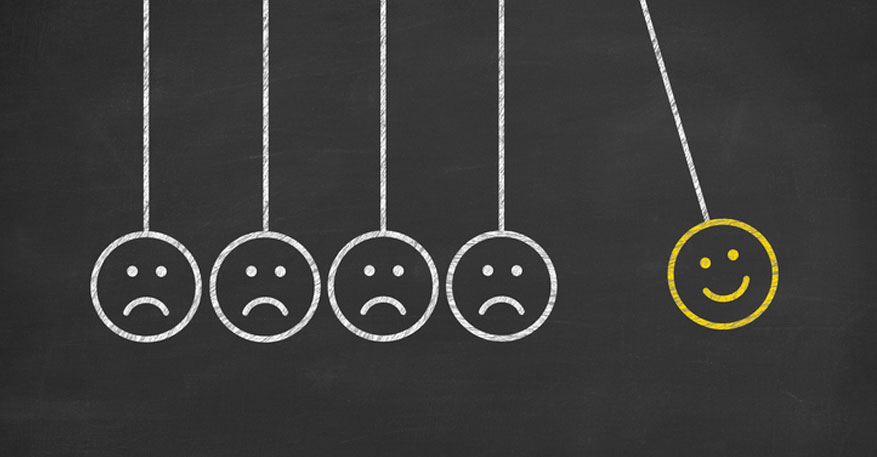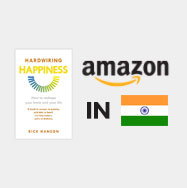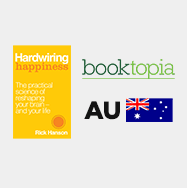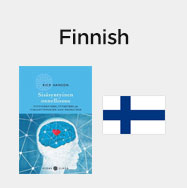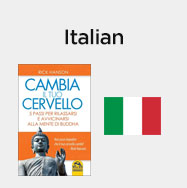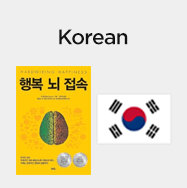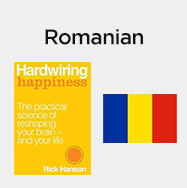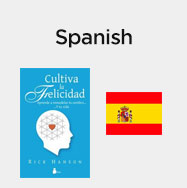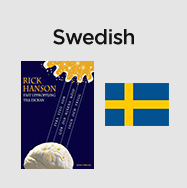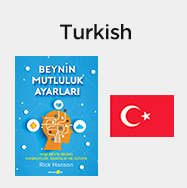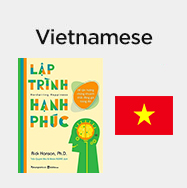Tap the Hidden Power of Everyday Experiences
Learn how to use Positive Neuroplasticity to change your brain and your life for the better.
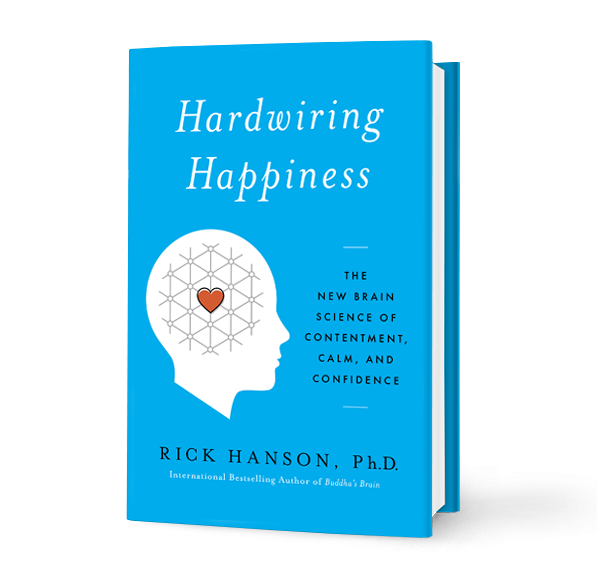

Tap the Hidden Power of Everyday Experiences
Learn how to use Positive Neuroplasticity to change your brain and your life for the better.
Beat the Brain’s Negativity Bias

Your brain has a negativity bias that makes it like Velcro for negative experiences and Teflon for positive ones. This bias evolved to help ancient animals survive, but today it makes us feel needlessly frazzled, worried, irritated, lonely, inadequate, and blue.
The good news is that in just a few seconds at a time in the flow of daily life, you can turn your experiences – the pleasure in a cup of coffee, the accomplishment in finishing a tricky email, the warmth from a friend’s smile – into lasting inner strengths built into your brain, such as resilience, balance, and positive emotions.
Grounded in neuroscience, this book from New York Times bestselling author Rick Hanson, Ph.D. is super practical, full of easy-to-use methods and guided practices to grow a steady well-being, self-worth, and inner peace. And it has special sections on children, motivation, relationships, trauma, and spiritual practice.
Learn how to manage your Stone Age brain in the 21st century – taking in experiences of your core needs being met, so that you gradually leave the “red zone” of fight-flight-freeze stress and get centered in the brain’s “green zone” in which you feel an ongoing sense of ease, fulfillment, and love – even while you deal with life’s challenges.
Beat the Brain’s Negativity Bias
 Your brain has a negativity bias that makes it like Velcro for negative experiences and Teflon for positive ones. This bias evolved to help ancient animals survive, but today it makes us feel needlessly frazzled, worried, irritated, lonely, inadequate, and blue.
Your brain has a negativity bias that makes it like Velcro for negative experiences and Teflon for positive ones. This bias evolved to help ancient animals survive, but today it makes us feel needlessly frazzled, worried, irritated, lonely, inadequate, and blue.
The good news is that in just a few seconds at a time in the flow of daily life, you can turn your experiences – the pleasure in a cup of coffee, the accomplishment in finishing a tricky email, the warmth from a friend’s smile – into lasting inner strengths built into your brain, such as resilience, balance, and positive emotions.
Grounded in neuroscience, this book from New York Times bestselling author Rick Hanson, Ph.D. is super practical, full of easy-to-use methods and guided practices to grow a steady well-being, self-worth, and inner peace. And it has special sections on children, motivation, relationships, trauma, and spiritual practice.
This book also covers managing the Stone Age brain for life in the 21st century. It tells you how to take in experiences of your core needs being met, so that you gradually leave the “red zone” of fight-flight-freeze stress and get centered in the brain’s “green zone” in which you feel an ongoing sense of ease, fulfillment, and love – even while you deal with life’s challenges.
READ MORE ENDORSEMENTS AND REVIEWS
Additional Endorsements
In this remarkable book, one of the world’s leading authorities on mind training shows how to cultivate the helpful and good within us. In a beautifully written and accessible way, Rick Hanson offers us an inspiring gift of wise insights and compassionate and uplifting practices that will be of enormous benefit to all who read this book. A book of hope and joyfulness.
– Paul Gilbert, Ph.D., O.B.E., Professor, University of Derby, author of The Compassionate Mind
Rick Hanson’s new book works practical magic: it teaches you how, in a few seconds, to rewire your brain for greater happiness, peace, and well-being. This is truly a book I wish every human being could read – it’s that important. I hope we’ll soon be saying to each other, in meetings, over coffee, in crowded subway cars: “Take in the good?”
–Jennifer Louden, author of The Woman’s Comfort Book
I have learned more about positive psychology from Rick Hanson than from any other scientist. Read this book, take in the good, and change your brain so that you can become the person you were destined to be.
–Robert A. Emmons, Ph.D., Professor, University of California at Davis, Editor-in-Chief, The Journal of Positive Psychology, author of Gratitude Works! and Thanks!
Hardwiring Happiness provides the reader with a user friendly toolkit to expand feelings of happiness and to functionally erase the profound consequences of negative memories and experiences.
–Stephen Porges, Ph.D., Professor of Psychiatry, University of North Carolina, author of The Polyvagal Theory
Reviews
As the old song goes, the key to happiness is “to accentuate the positive, eliminate the negative.” You know this, so why in the hell is it always so much easier to laser-in on the bad stuff? In this book, author Rick Hanson explains we’re neurologically programmed that way: “The brain is like Velcro for bad experiences but Teflon for good ones.” He documents all the ways the brain is wired to absorb negativity and deflect positive moments as a survival mechanism. Does that mean we’re doomed to be a bunch of Debbie Downers? Not at all. Using a meditation-based approach, Hanson shows how we can train ourselves to escape our neurology so you’ll be singin’ in the rain versus slogging through it.
– Greatist Magazine
Newspapers & Magazines
Hardwiring Happiness – Healthy Beginnings (6/1/14)
Blogs
Eats and Exercise by Amber (6/11/14)
Buddhaful Living (5/26/14)
The Avid Reader – Books, Books, Books! (5/14/14)
Relationships Garden – The Wissahickon Center for Relationships Therapy (4/17/14)
Sharon Selby, M.A. (3/30/14)
Cranky Fitness (3/19/14)
The Clemmer Group (1/21/14)
Spirituality Practice Resources for Spiritual Journeys (12/1/13)
Dr. Sara Gottfried, MD (12/1/13)
Toning The OM (10/21/13)
Doing Dowey (10/8/13)
Excerpts
Changing Negative Thoughts
Growing Good
Order Your Copy
Hardwiring Happiness is available wherever books are sold in hardcover, paperback, audiobook (CD or download), and numerous eBook formats, including Kindle, iBook, Nook, and Google Play.
INTERNATIONAL ENGLISH RETAILERS
ADDITIONAL LANGUAGES
ADDITIONAL LANGUAGES
*Out of print. Used copies may be available.
What is this book about?
Hardwiring Happiness: The New Brain Science of Contentment, Calm, and Confidence is about the hidden power of everyday positive experiences to change your brain for the better. Recent scientific breakthroughs have shown that we can deliberately improve brain structure, a process known as self-directed neuroplasticity. Whatever we repeatedly sense, feel, and believe makes real changes in our neural networks. In my book, you’ll learn a simple, 4-step program that blends neuroscience and practical psychology to rewire the brain, using the HEAL steps – Have, Enrich, Absorb, and Link – to grow greater well-being, relaxation, mindfulness, emotional balance, and feeling appreciated in your brain and your life.
You’ll learn:
- The HEAL Method, which gets “the good” to stick!
- Why even on the worst days, there are many micro-moments that can tilt the brain toward the positive, and how to absorb them.
- Why positive thinking is generally wasted on the brain.
- How to strengthen your relationships, appreciating and internalizing what is good in them.
The process of taking in the good through the four HEAL steps is at the center of Rick Hanson’s “Taking in the Good” course. In a recent study with collaborators from the University of California, preliminary findings indicate that people who took the course experienced significantly less anxiety and depression, and significantly greater self-control, savoring, love, gratitude, compassion, contentment, joy, self-compassion, and happiness.
What makes this book different from your previous books?
My previous books – Buddha’s Brain and Just One Thing – had a few pages each on the practice of “taking in the good.” Hardwiring Happiness has 250 pages of discussion and guided practices about the core steps of the HEAL method (based on taking in the good), which shows how to turn passing experiences into lasting inner strengths and peace. This book also includes special applications for children, relationships, therapy, motivation, and mindfulness.
What kind of research was done for this book?
Hardwiring Happiness illustrates how taking just a few extra seconds to stay with a positive experience – from the pleasure of a deep breath to a sense of calm, satisfaction, and love – can turn good moments into a great brain, full of strength, health, and happiness. That’s what it means to “take in the good” via the deliberate internalization of positive experience into implicit memory. This method, based on self-directed neuroplasticity, resets the brain to its natural resting state, which refuels and repairs the body, makes us feel peaceful, happy, and loved, and helps us act with confidence and compassion. This deceptively simple practice is at the center of Rick Hanson’s “Taking in the Good course.” In a study with collaborators from the University of California, preliminary findings indicate that people who took the course experienced significantly less anxiety and depression, and significantly greater self-control, savoring, love, gratitude, compassion, contentment, joy, self-compassion, and happiness.
Research for Hardwiring Happiness
Hardwiring Happiness was extensively researched and contains 203 reference notes and 187 bibliography entries. You can view the citations here.
Can you give an example of the HEAL steps?
I recorded a 10 minute practice – Feeling Cared About – that goes through the HEAL steps in detail. (Also, if you’re interested in the audiobook version that I narrated, this practice will give you a sense of the audiobook experience.) You can listen to the audio here.
Where can I view an excerpt or table of contents?
Below you can find the Table of Contents, and you can read some excerpts from the book here.
Contents
Publisher’s Note
Acknowledgments
Introduction
Part One: Why
Chapter 1: Growing Good
Chapter 2: Velcro for the Bad
Chapter 3: Green Brain, Red Brain
Part Two: How
Chapter 4: HEAL Yourself
Chapter 5: Take Notice
Chapter 6: Creating Positive Experiences
Chapter 7: Brain Building
Chapter 8: Flowers Pulling Weeds
Chapter 9: Good Uses
Chapter 10: 21 Jewels
Afterword
Reference Notes
Bibliography
Index
Are there sample audio practices available?
Yes there are! You can download them at the links below:


